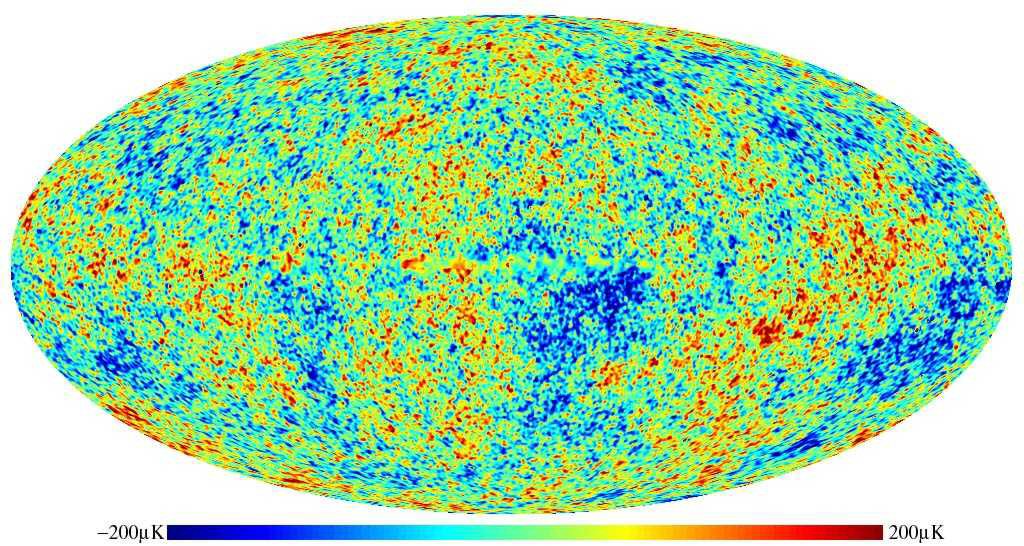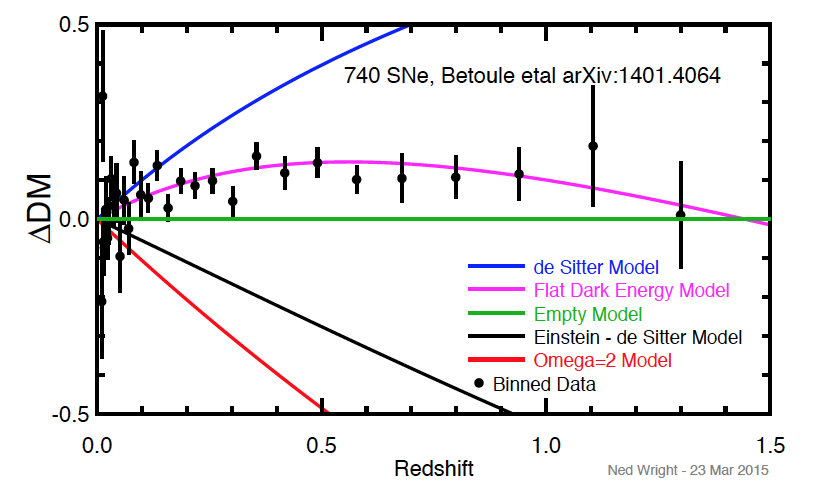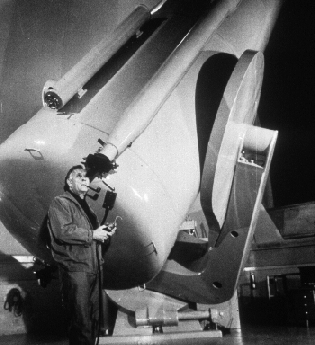
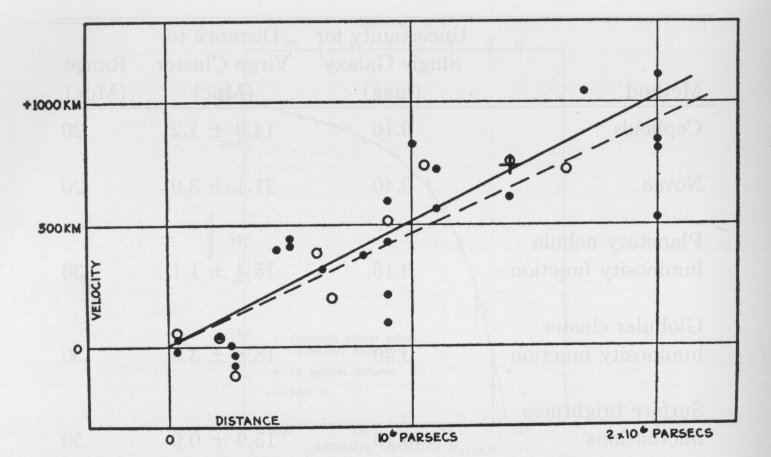
(from Hubble 1936)
 |
 (from Hubble 1936) |
2. 1948: The abundances
of the light elements
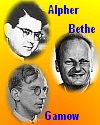
|
 |
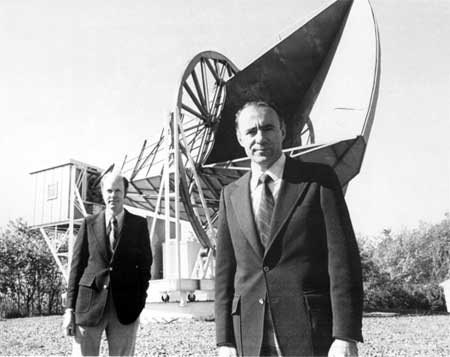
|
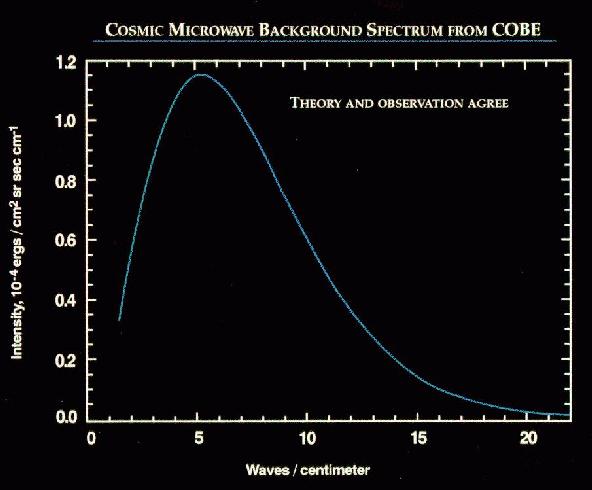 |
| 4. 1980s and
1990s: Redshift surveys
show large scale structure Significant structure exists, but on the largest scales the universe is homogeneous. These last two observations, in particular,
lead us
to
the cosmological principle: |
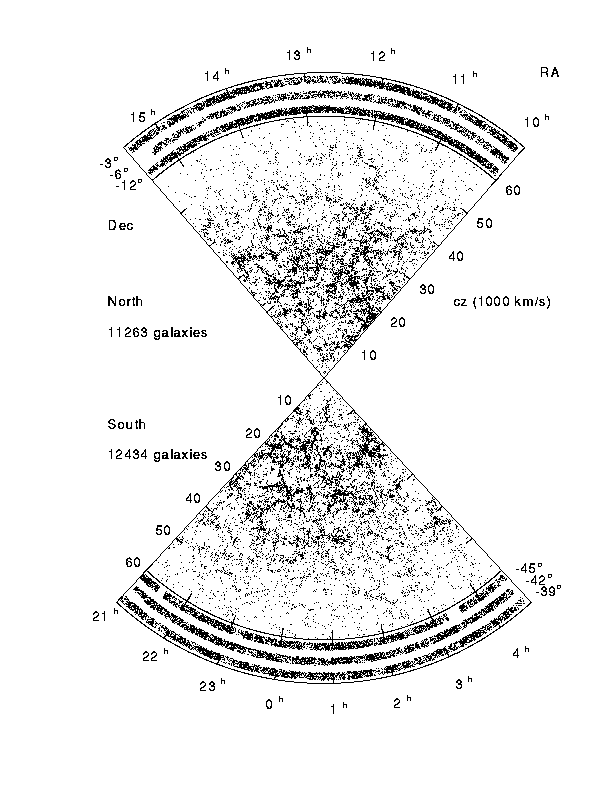 (The Las Campanas Redshift Survey) |
